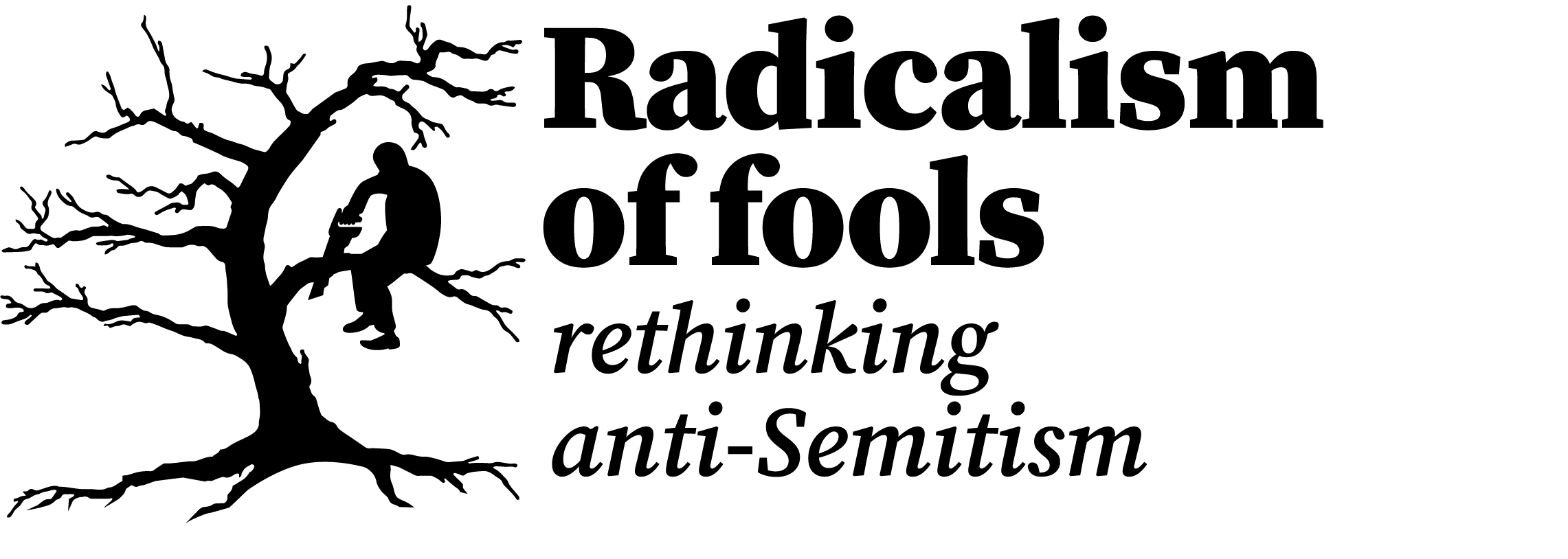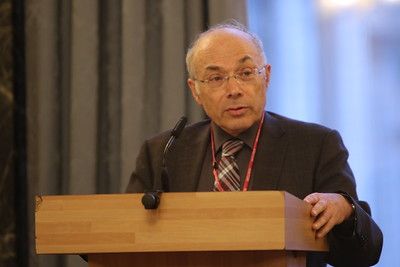To twenty-first century ears the term “anti-Semitism” sounds like a peculiar word to denote Jew hatred. After all there is no doctrine of Semitism that it opposes. And why talk of Semitism anyway when the term is generally taken to denote Jews?
Anyone who has discussed these topics will almost inevitably run into confusions related to the term at some point. A common one is the claim that Arabs cannot be anti-Semitic because they are Semites too. A variation of that was recently expressed by Mahmoud Abbas, the president of the Palestinian Authority. He claimed that European Jews are not Semites at all as they did not originate in the Arabian peninsula. So by linguistic wordplay he managed to play down the historical reality of anti-Semitism.
Then there are the sometimes absurdly heated debates about the hyphen. There is certainly an argument to spell the word without the hyphen but that does not really help tackle the confusions around the term. And the insistence that the only correct way to spell the word is without a hyphen is absurd. Such an approach can only trivialise the scourge of anti-Semitism.
Fortunately a recent webinar lecture by Dan Michman, the head of the international institute for Holocaust research at Yad Vashem, got to the heart of the matter. Through a careful historical analysis he showed the term emerged to express an emerging “scientific racist” view of Jews which emerged in mid-nineteenth century Europe.
Michman pointed out that in the early nineteenth century German-speaking world there were already other terms that denoted the hatred of Jews. These include Judenhaß (Jew hatred) and Antijudaismus (anti-Judaism), the latter being mainly used in theological and bible research.
However, these words did not chime with the new way that race was coming to be understood ( I have written previously on how the concept of race emerged in response to the failure of many to live up to the Enlightenment ideal of equality). It was in that context that the term Antisemitismus ( the German for anti-Semitism) emerged and then gained traction. Michman argues that, contrary to conventional wisdom, the word was first used by Moritz Steinschneider , an Austrian-Jewish bibliographer, who in 1860 referred to antisemitische Vorurteile (anti-Semitic prejudices). Then in 1862 Wilhelm Marr, often seen as the father of modern anti-Semitism, used the term in his book Der Judenspiegel (The Mirror of the Jews).
According to Michman, Marr argued that Jews had to be viewed as a collective ( Judenthum) if they were to be understood scientifically. From this perspective he argued that Jews had to be seen not as constituting a religion but alien beings. He even claimed they were chemically unbearable (I am not even sure what that means exactly).
To explain things further Michman breaks down the term Antisemitismus (anti-Semitism) into its three elements:·
- The world “anti” replaced hatred (Haß). This helped give it an air of scientific impartiality.
- “Semit” replaced Jews (Juden). This was in line with the emerging idea that the human population could be scientifically divided into different races including Semites.
- The suffix “ism” (ismus) was added. This gave the impression that it was a new ideology or approach.
This conception was in line with broader ideas that were developing at the time. Ernst Renan, a French linguist, had in the late 1850s developed the idea that there was a Semitic group of languages. He then went on to argue that people who spoke these languages, including Hebrew and Arabic, had one common characteristic: they were monotheistic. This idea of a Semitic people was added to the racial theories that had been emerging from the late 18th century onwards.
Michman goes on to argue that the term anti-Semitism became the linguistic expression of a new ideology that was developing at the time. At a time of great social upheaval, Jews somehow came to be seen as the physical embodiment of the problems many were facing.
He then breaks down this view into several claims:
· Jews were seen as a negative or evil collective. They were regarded as different from all other human groups.
· It was alleged that there was a sinister thread of solidarity between all Jews. That applied whether they were religious or secular.
· Jews were regarded as the main obstacle to social harmony.
· The Jews were seen as entirely rootless. They are not really attached to any location.
· It was claimed that the Jews represented a destructive principle. There were opposed to Christianity while promoting communism, capitalism and greed. Even if they were small in number they had a disproportionate impact. Even where there were no Jews at all it was argued that their influence could be destructive.
· Jews, it was said, represented unnatural contradictions. They were physically weak but nevertheless driven to dominate gentiles.
· Jews were regarded as driven by a lust for power, lucre and sex.
The accumulated outlook that incorporates these views regards Jews as a conspiratorial threat to the whole of society.
Michman’s analysis seems to me extremely useful in explaining the emergence of the form of Jew hatred in the nineteenth century that embodied scientific racism. It that respect it is an important contribution to understanding anti-Semitism.
The only part of the analysis I would question is his implication that the term anti-Semitism could then be projected further back into the past. A clear distinction should be made between the religious Jew hatred of medieval times and the racial theory of anti-Semitism.
Michman’s webinar was the first in the autumn (fall) 2023 lecture series organised by the International Center for the Study of Antisemitism ( ICSA) at Indiana university. I look forward to watching subsequent lectures in the series.
Photo: "Commemoration of Holocaust Memorial Day" by Foreign and Commonwealth Office is licensed under CC BY 2.0.

